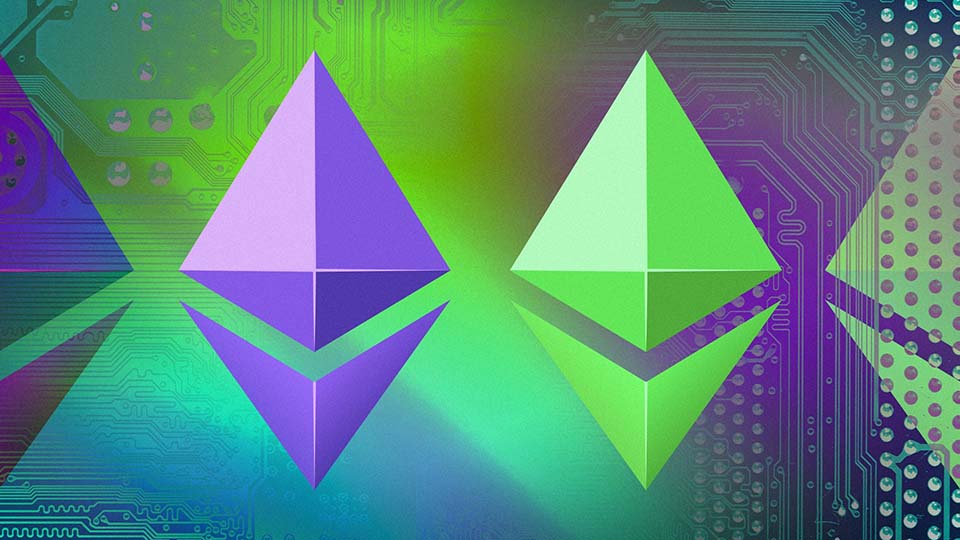As one of the penultimate tests before the merge on the main Ethereum blockchain, Ropsten, Ethereum’s oldest testnet, is poised to move to proof of stake. According to an official blog post from Ethereum, the actual timing for the Ropsten fusion will vary based on a few circumstances, but it is expected to happen on Wednesday.
The testnet merge’s main goal is to prepare for Ethereum’s mainnet merge later this year. In the past, Ethereum core developers have conducted merging tests, including a shadow fork on the main network and another merge on the Kiln testnet.
This event will integrate the code from Ropsten’s two chains — one proof of work and the other a proof-of-stake beacon chain — into one. This is the identical procedure that will be used when the Ethereum mainnet merge occurs.
The Ropsten merging is one of several crucial processes in ensuring that Ethereum node client software runs smoothly and without issues during the event. Lighthouse, Lodestar, Prysm, Nimbus, Teku, Besu, Erigon, go-ethereum (geth), and Nethermind are among the client software projects involved in the next Ropsten merge.
Only once the proof-of-work version of Ropsten has crossed a pre-determined metric termed terminal total difficulty will the merge take place. This is set to an extremely high level of 50 quadrillion in order to prevent any malevolent entity from interfering with the merge by accumulating hashrate artificially (which happened the first time this test was scheduled).
Ropsten’s hashrate is low because it is a testnet. As a result, merge node operators will have to manually modify their clients’ execution layer and consensus player clients to override the Ropsten Terminal Total Difficulty (TTD). This should be finished by the end of the day.
The developers will move on to further merge tests scheduled on other testnets, such as Goerli and Sepolia, as soon as clients report and address issues found in the Ropsten merge.



